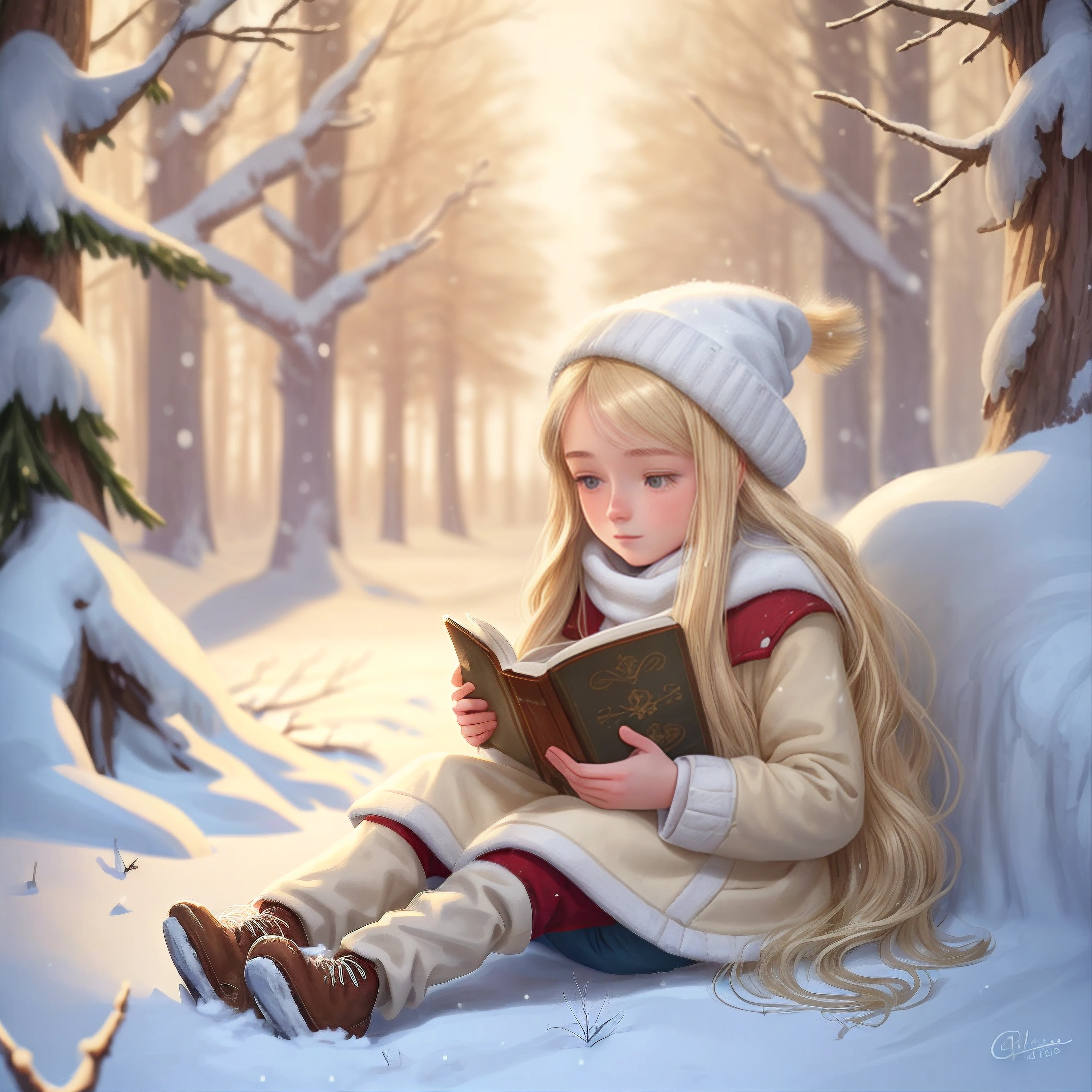

Recommend
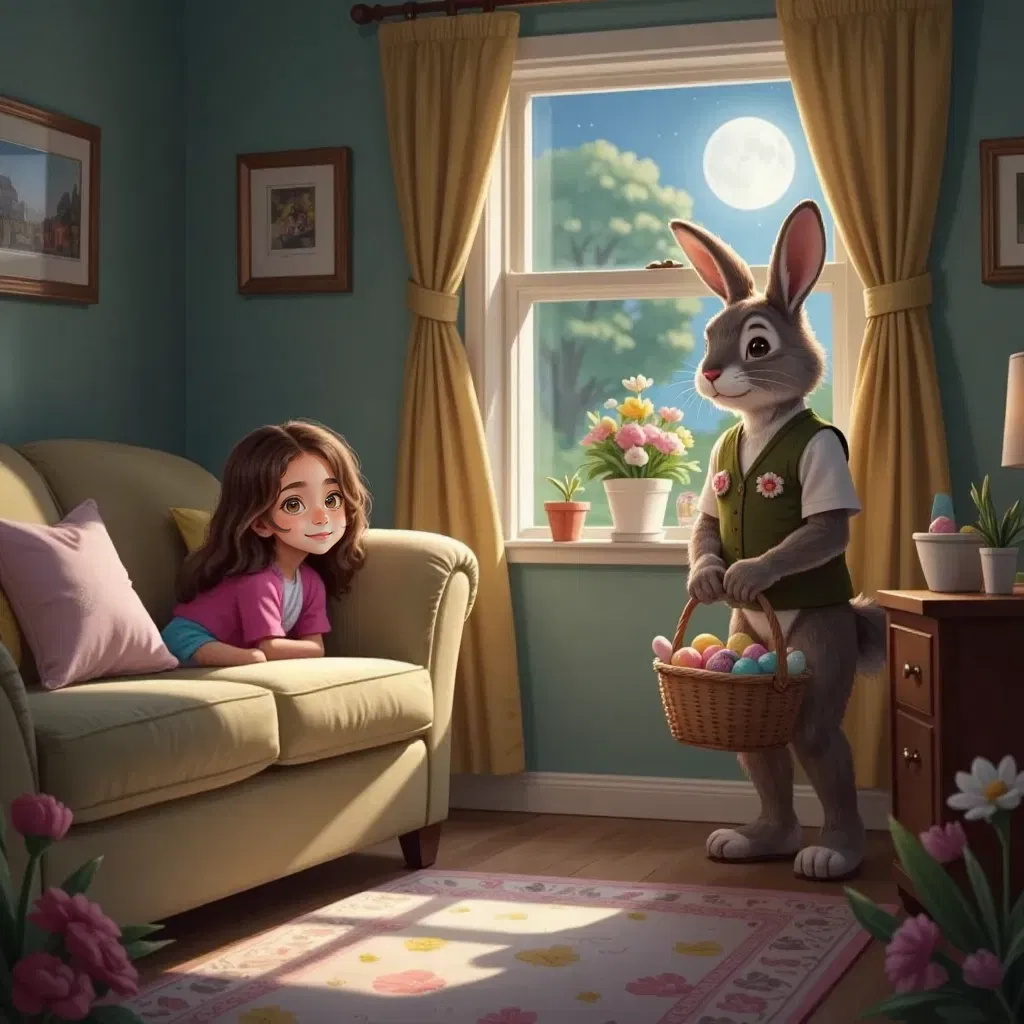
Alice è una bambina molto curiosa e la notte di Pasqua decide di nascondersi per vedere il coniglietto Pasquale mentre le consegnava le uova. Ma il coniglietto Pasquale si accorge della sua presenza e decide di scappare attraverso un portale magico nel quale viene risucchiata anche Alice. Così si trovano ad affrontare una serie di sfide e di avventure per ritornare nel mondi di Alice e consegnare le uova rimaste prima dell'alba. I due riescono nel loro intento e diventano grandi amici, tanto che Alice aiuterà il coniglietto Pasquale anche negli anni a venir
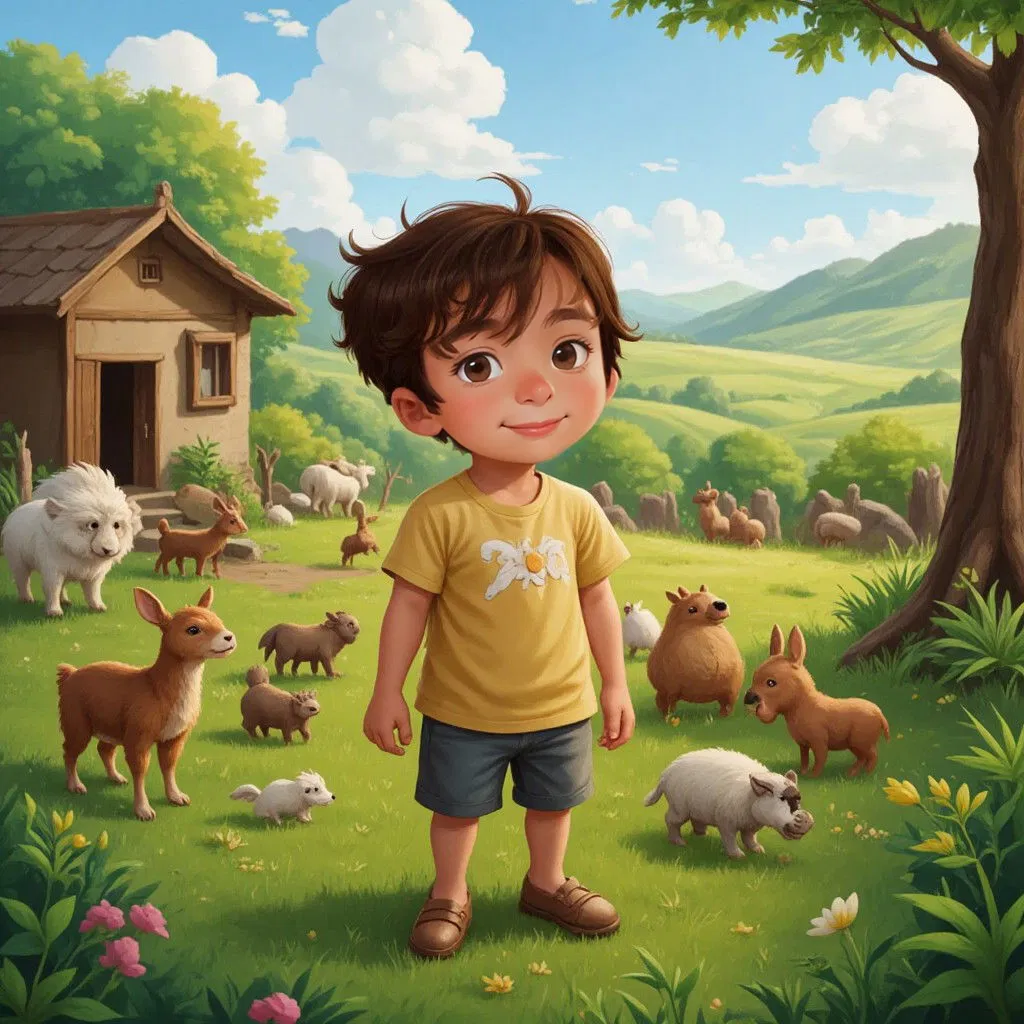
Welcome to the kingdom of Yovani Bernard. A small town boy from the farms of Michoacan, Mexico. A small shepherd boy who meets a new and unexpected friend.
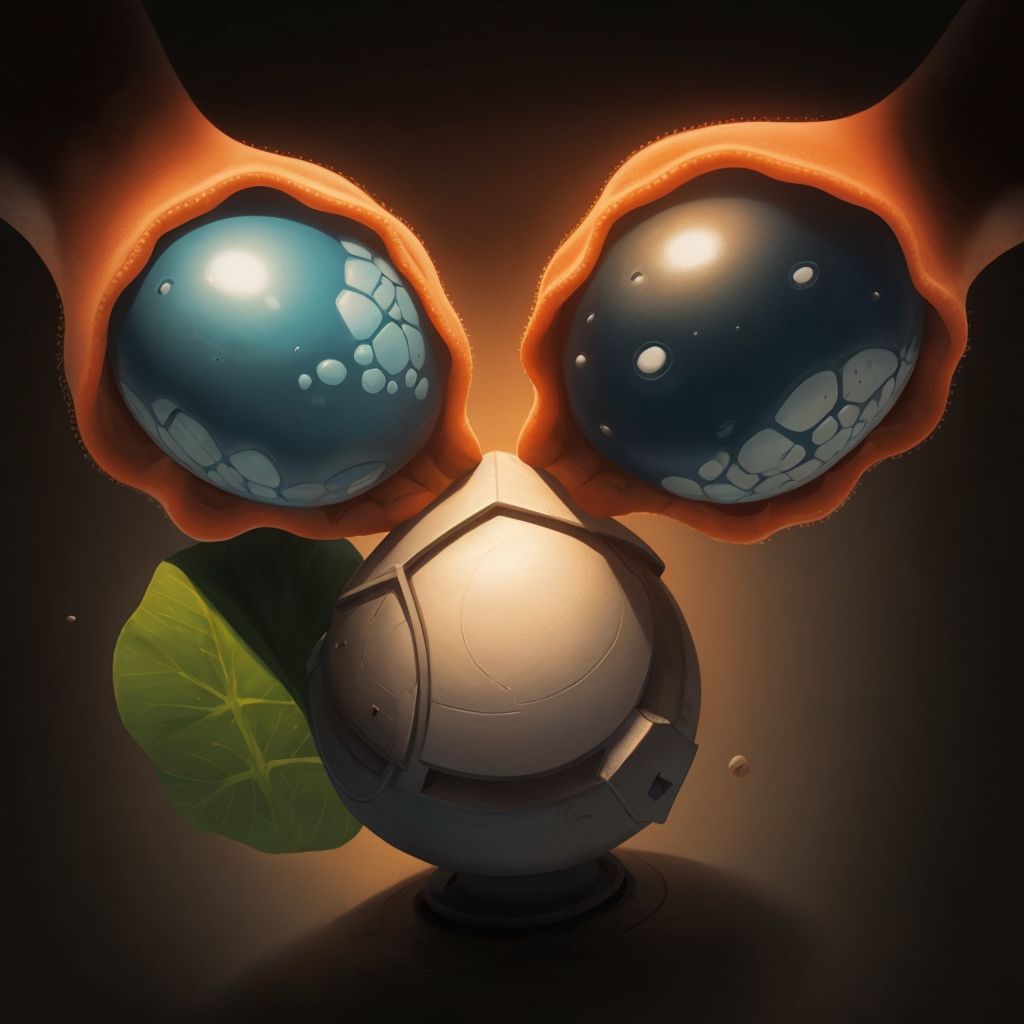
Cell Membrane: Protects the cell and regulates what enters and leaves. Nucleus: Holds the cell's instructions and helps it grow and work properly. Mitochondria: Generates energy for the cell from food. Ribosomes: Builds proteins, the cell's building blocks. Endoplasmic Reticulum: Carries materials and makes proteins and fats. Golgi Apparatus: Packages and ships proteins and materials. Lysosomes: Breaks down waste and keeps the cell clean and healthy. Vacuoles: Stores water, nutrients, and waste. Chloroplasts (Plant Cells): Captures sunlight to make food through photosynthesis. Cell Wall (Plant Cells): Provides structure and support for the plant. Cytoplasm: Fills the cell and holds organelles in place. Centrioles: Helps during cell division, ensuring everything is in place.
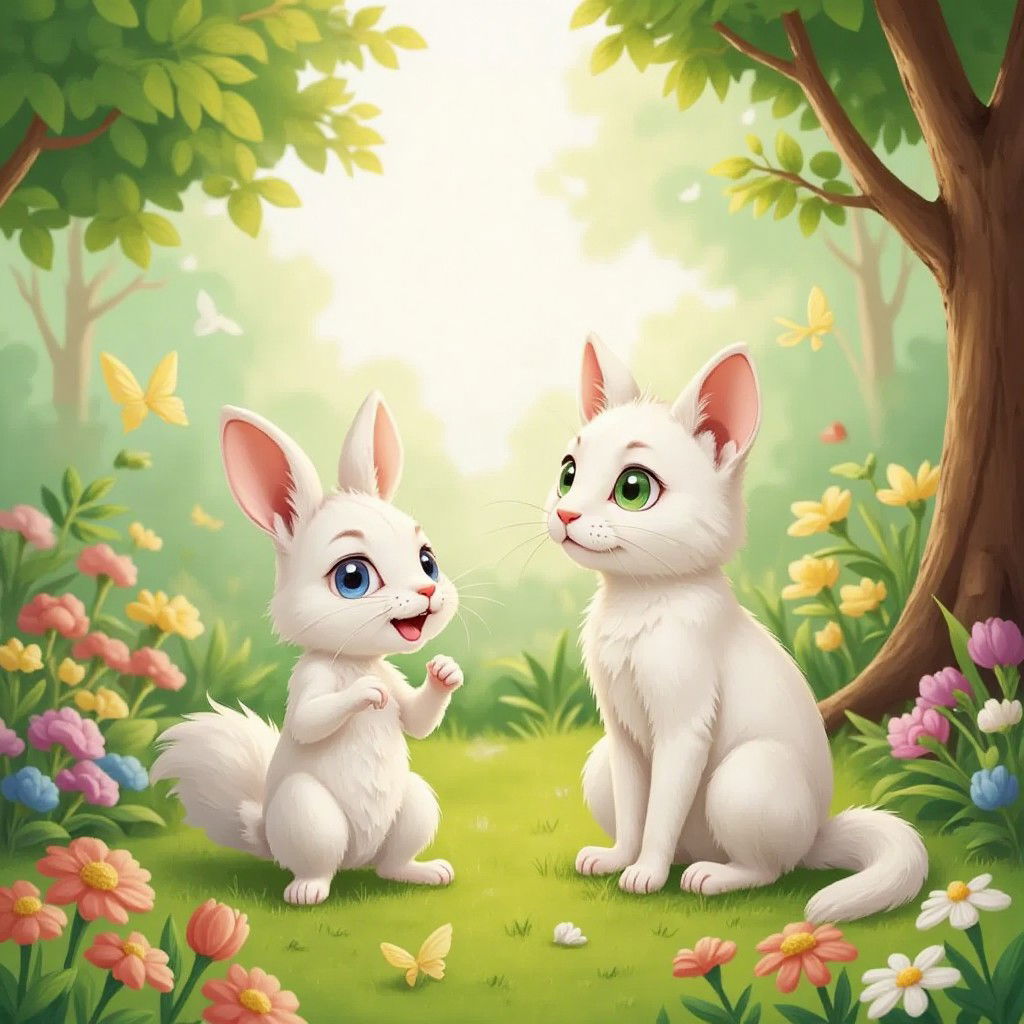
Ava, a playful bunny, is the protagonist of the story. She loves playing with her favorite ball and often neglects her school assignments, much to her mother’s concern. The conflict begins when Ava’s mother is called to the school to discuss Ava’s poor academic performance. After leaving the principal’s office, Ava encounters a friend whose mother praises their good grades and discipline. This leads Ava’s mother to compare the two, urging Ava to focus more on her studies. However, Ava disregards her mother’s advice and continues to prioritize playing over schoolwork. The climax occurs when Ava dreams about her favorite ball being destroyed after it rolls into the street and gets popped by a car. This emotional moment frightens Ava and serves as a wake-up call. The resolution comes when Ava balances her responsibilities and playtime, completes her schoolwork, and happily plays outside afterward, earning her mother’s pride and approval.
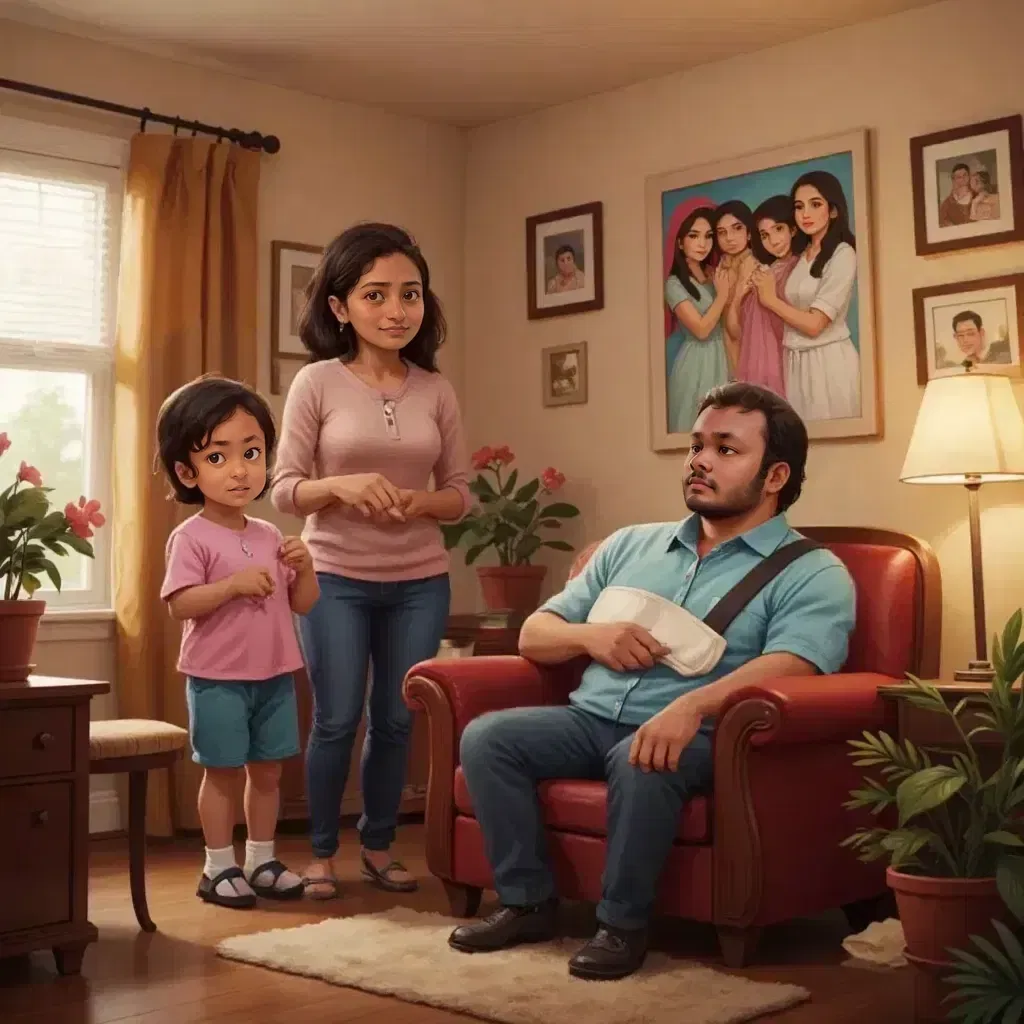
i want to create a storybook for a 3 year old toddler. The story is about her dad getting shoulder surgery. he has recovery time for 6 weeks and will be wearing a sling on his left shoulder. he will go to physical therapy after 6 weeks. the toddler should understand and give time for dad's healing. once dad is healed he will play again with the toddler. when he is sick, toddler should understand and give him space to heal. create a book
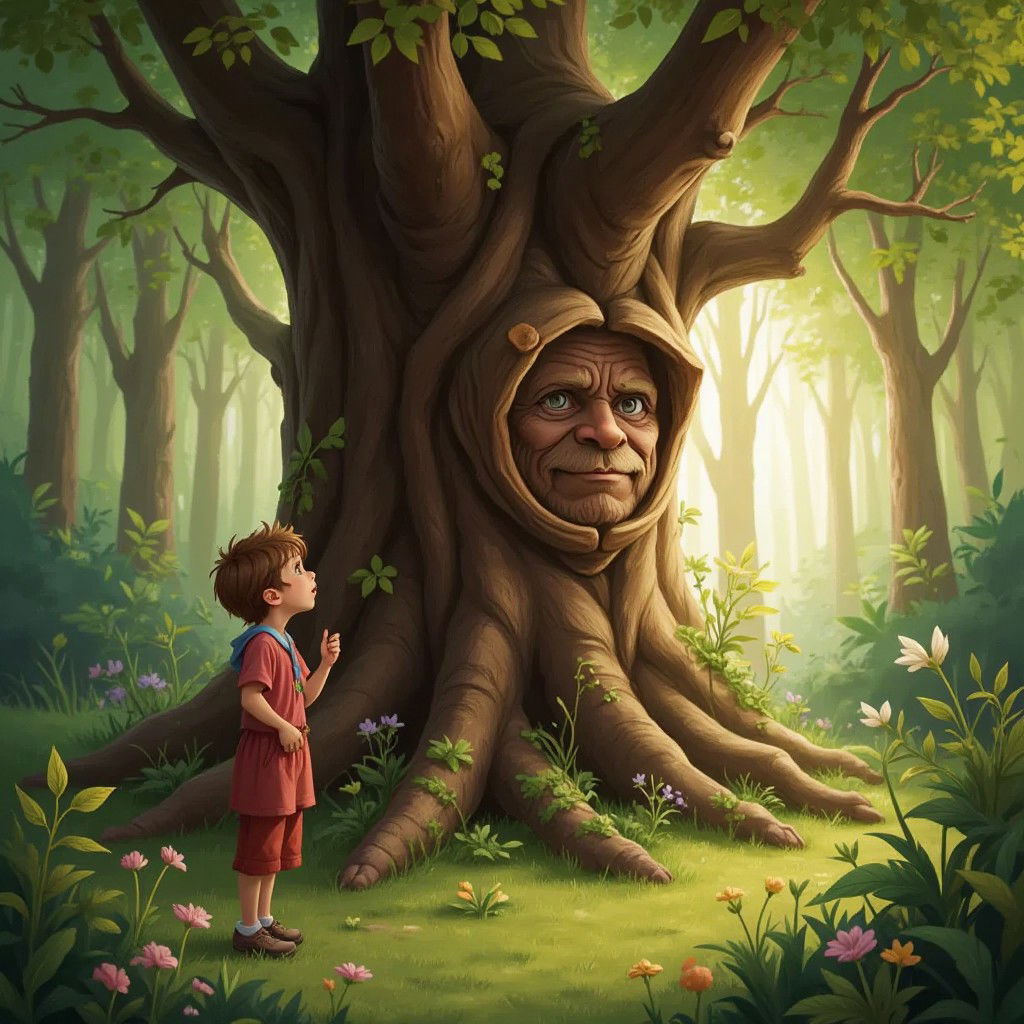
Tema: A magia da natureza Em uma pequena vila, havia uma floresta onde as árvores podiam falar, mas só as crianças puras de coração conseguiam ouvi-las. Um dia, Lucas, um menino curioso, entrou na floresta e ouviu o carvalho mais velho dizer: “Quando você cuida da natureza, ela cuida de você.” Lucas começou a plantar sementes por onde passava e, com o tempo, percebeu que os animais da floresta o seguiam, ajudando-o a espalhar vida. Ele aprendeu que a natureza era sua amiga e que juntos podiam criar um mundo melhor.
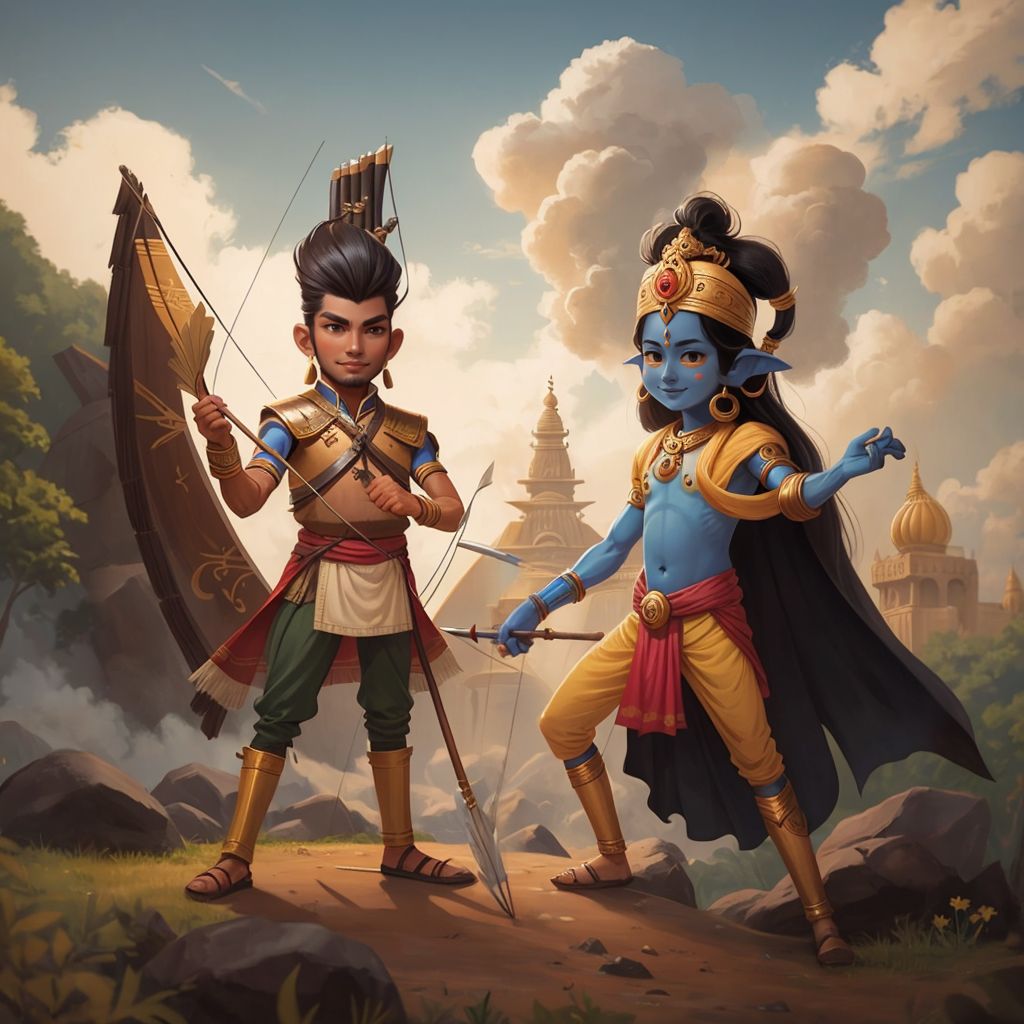
This is the story when Krishna guided Arjun to ask Hanumanji for help before the great war.
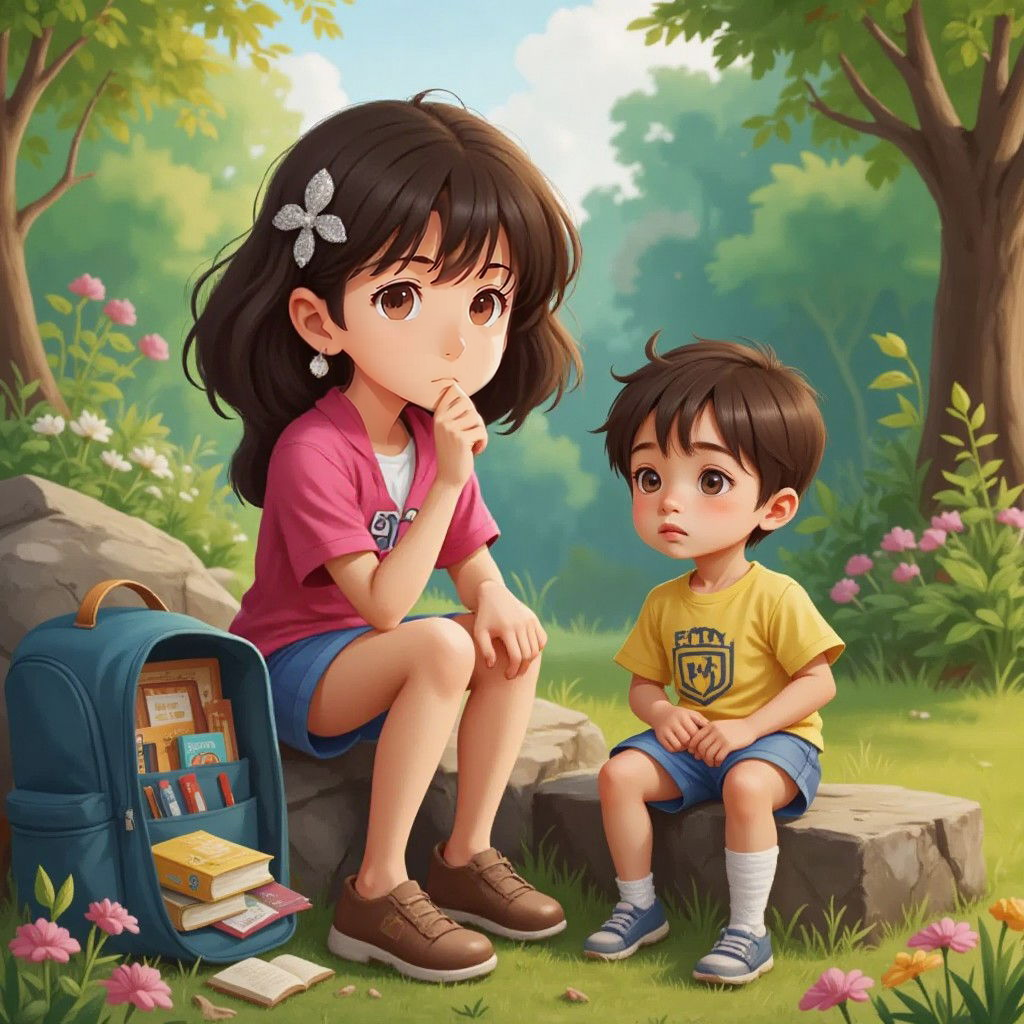
Elara the explorer was climbing Mount Gigglepuff! She bounced along the path, her backpack jiggling with only a yummy apple and a sparkly hair clip. But wait! A little boy, Timmy, tumbled and scraped his knee! Elara, super-helpful Elara, got out her sparkly hair clip (it was also a tiny first-aid kit!) and helped Timmy all better. Timmy, so happy, gave Elara a bouncy, red ball! "What will I do with a bouncy ball?" Elara giggled. Further up, a fluffy bunny, Barnaby, was stuck in a prickly bush! Elara carefully freed Barnaby, and Barnaby hopped away, leaving behind a shiny, smooth pebble! "A pebble? For what?" wondered Elara. Near the top, a tiny bird, Pip, had lost its nest! Elara found some soft leaves and helped Pip build a cozy new home. Pip chirped happily and dropped a bright yellow feather! "A feather? Why?" Elara chuckled. Finally, Elara reached the top of Mount Gigglepuff! But oh no! She'd forgotten her juice box, her yummy sandwich, and her silly hat! She was SO sad. Then, she remembered the gifts! The bouncy ball became a super fun bouncy seat! The smooth pebble was perfect for skipping across the mountaintop! And the bright yellow feather? It made a super-duper sparkly hat! Elara ate her apple, feeling very happy. She learned that helping others was the best adventure of all, and sometimes, the best things come in unexpected packages – like a bouncy ball, a pebble, and a feather! And Mount Gigglepuff was the best mountain EVER!
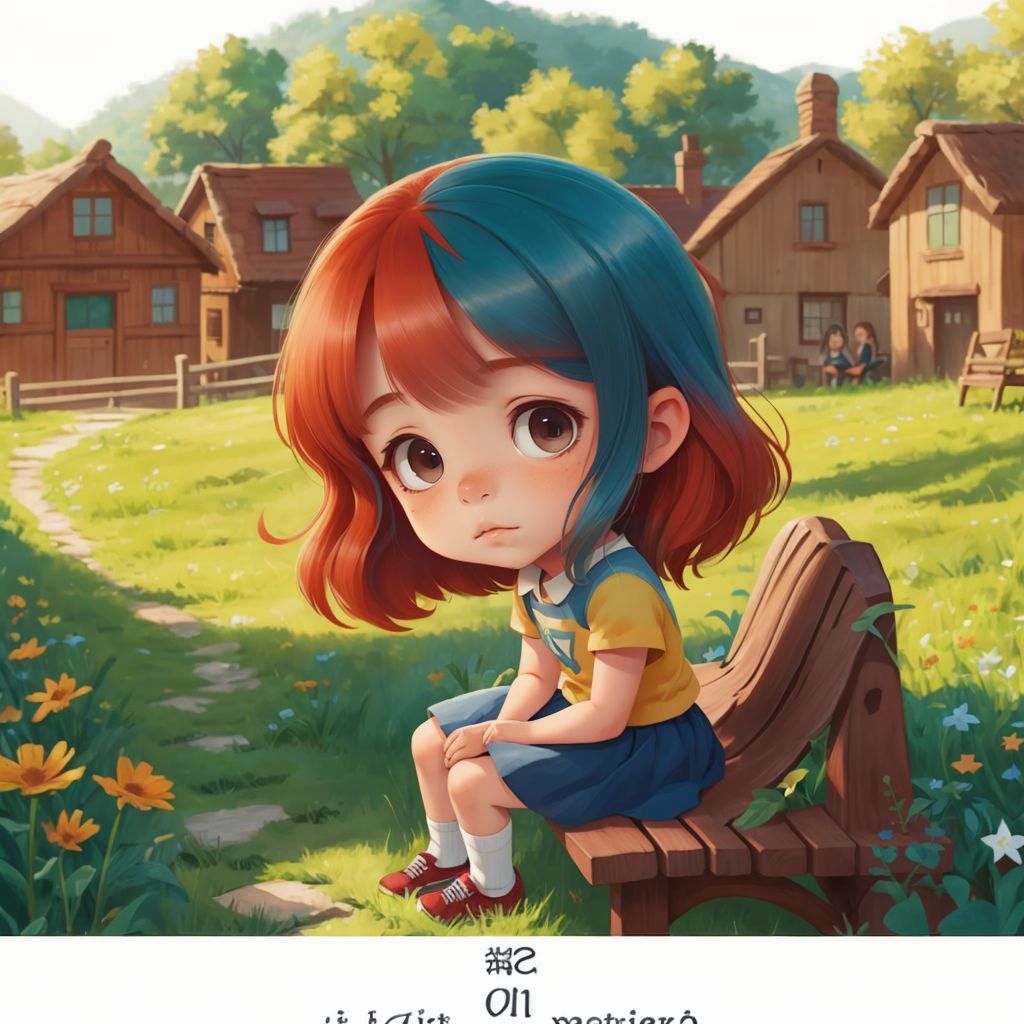
**Title:** *Flicker’s Colors of Kindness* **Page 1:** In a peaceful village, there lived a special girl named Flicker. Her hair was magical—it changed colors based on her feelings. Green for happy, blue for sad, and red for worried. **Page 2:** One day, Flicker saw her friend, Pia, sitting on a bench with tears in her eyes. **Flicker:** “What’s wrong, Pia?” **Pia:** “I lost all the supplies I gathered for winter, and now I don’t know what to do.” **Page 3:** Flicker’s hair turned blue with concern, but then quickly shifted to red as she got an idea. **Flicker:** “Let’s follow my hair! It’ll change colors and help guide us while we look.” **Page 4:** Together, Flicker and Pia walked through the village, following the colorful glow of Flicker’s changing hair. They searched through gardens, under trees, and near the market stalls. **Page 5:** Just when they thought the supplies were lost for good, they heard a noise from behind a nearby bush. **Page 6:** Out stepped a young boy named Prickle, carrying bags full of supplies. Flicker’s hair turned yellow as she began to think. **Prickle:** “I’m so sorry! I didn’t know these belonged to you, Pia. I thought they were left for anyone to use.” **Page 7:** Flicker smiled warmly and said, “There’s enough for all of us. Why don’t we share?” **Page 8:** Pia and Prickle agreed, and they divided the supplies, laughing and chatting as they worked together. **Page 9:** Flicker’s hair glowed a bright, cheerful green, showing her happiness as her friends came together and shared what they had. **Page 10:** From that day on, whenever someone needed help, Flicker used her color-changing hair to bring people together, always showing kindness with her unique gift.
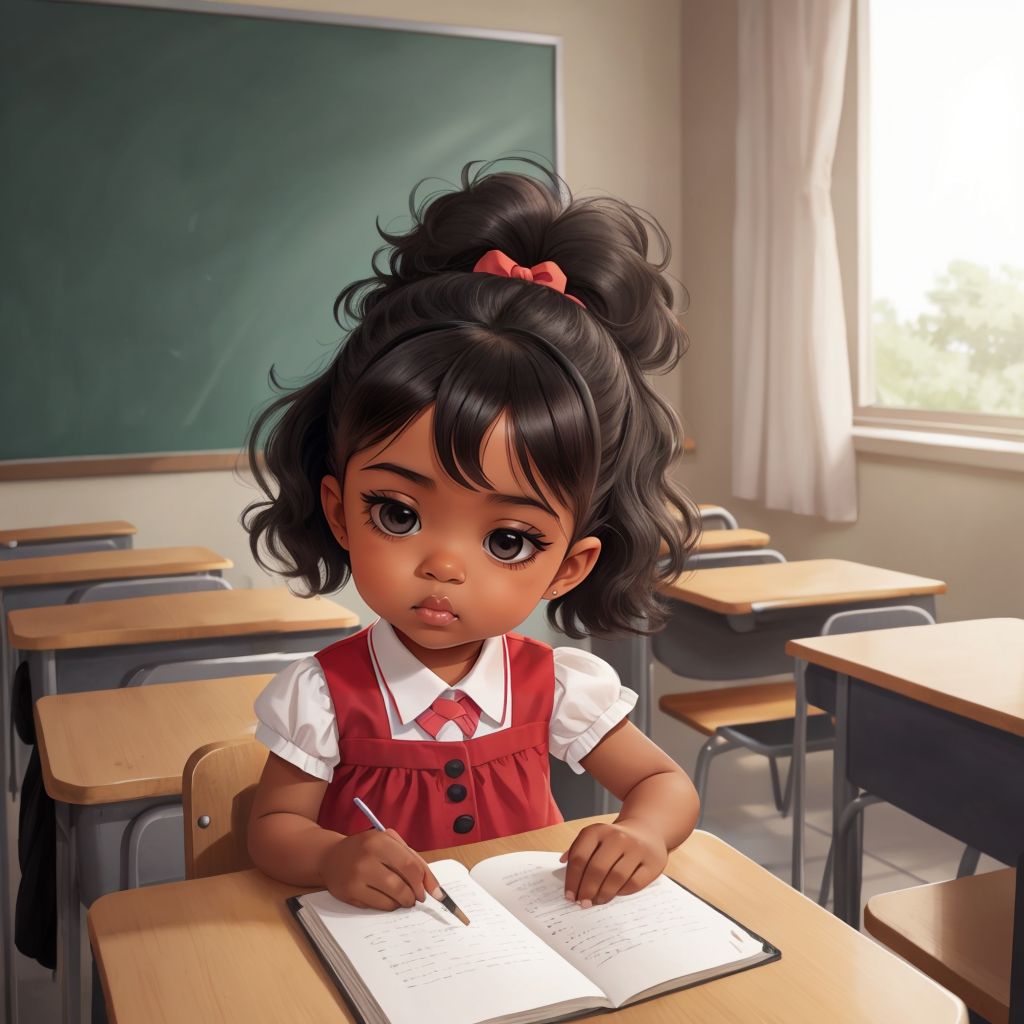
A children's book about understanding discrimination based on the color of beautiful milk chocolate colored skin and her black curly hair. This happens in a preschool and she is a 4 year old who goes to a private school that is 90% white. She has never had anyone not like her and she does not understand discrimination.
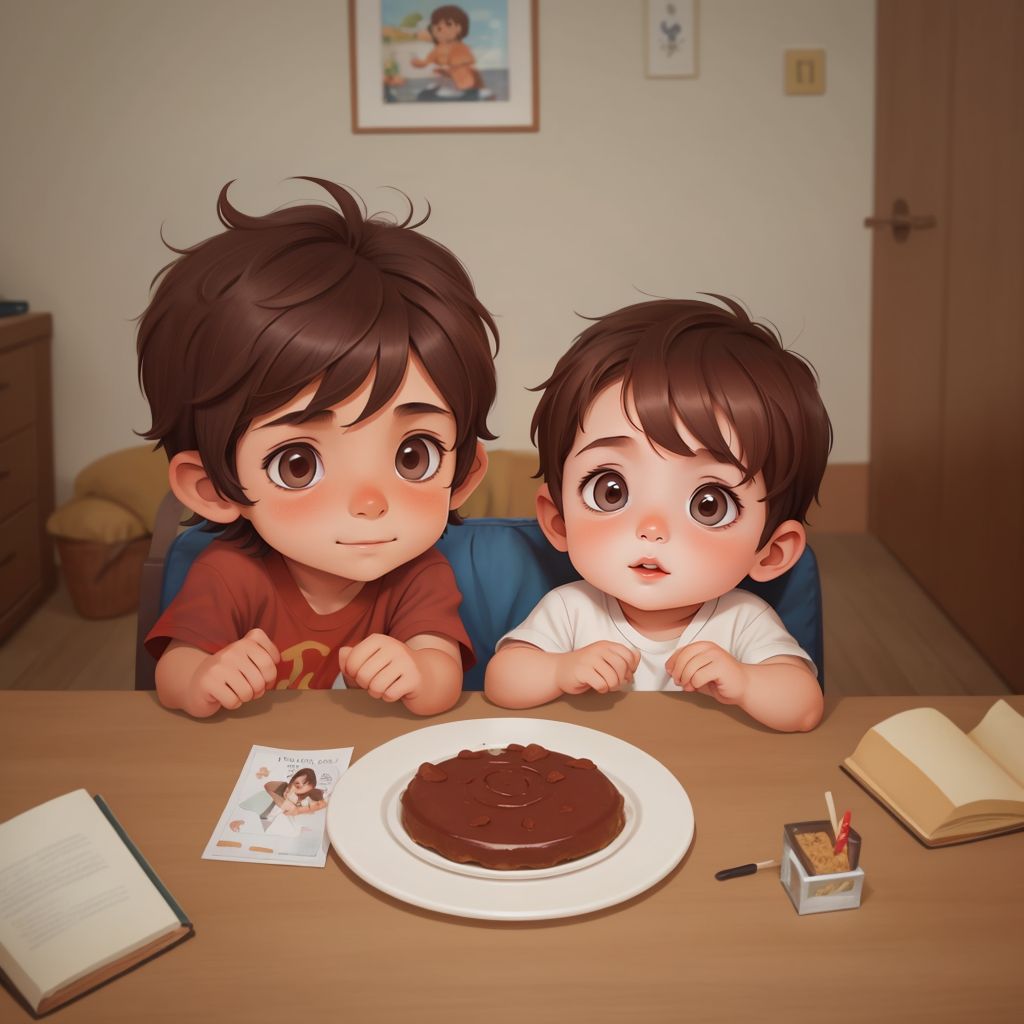
Luka și Niko, doi băieței de 2 și 7 ani, se trezesc într-o dimineață însorită. După micul dejun, pornesc cu trotinetele spre parc. Acolo, privesc fascinați tramvaiele care întorc, apoi savurează câte o înghețată. Se plimbă prin parc înainte de a se întoarce acasă pentru prânz. După masă, Luka merge la somn, iar Niko citește. Când Luka se trezește, frații se joacă cu trenurile și tramvaiele în camera lor. Seara, după cină, Niko îi spune o poveste lui Luka pentru a-l adormi. Își spun că se iubesc, iar Niko merge și el la culcare, fericit că are un frățior atât de minunat.
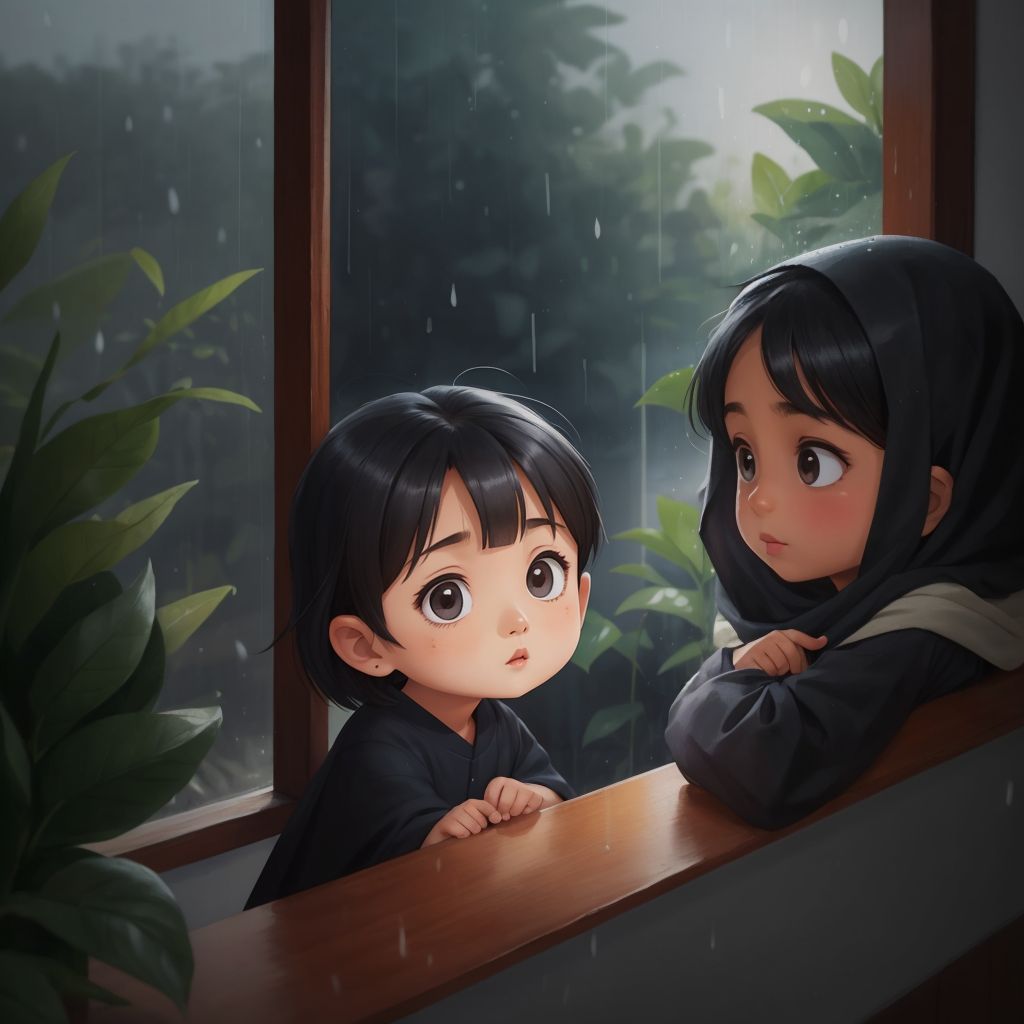
A day of rainy day where Maryam can't play outside
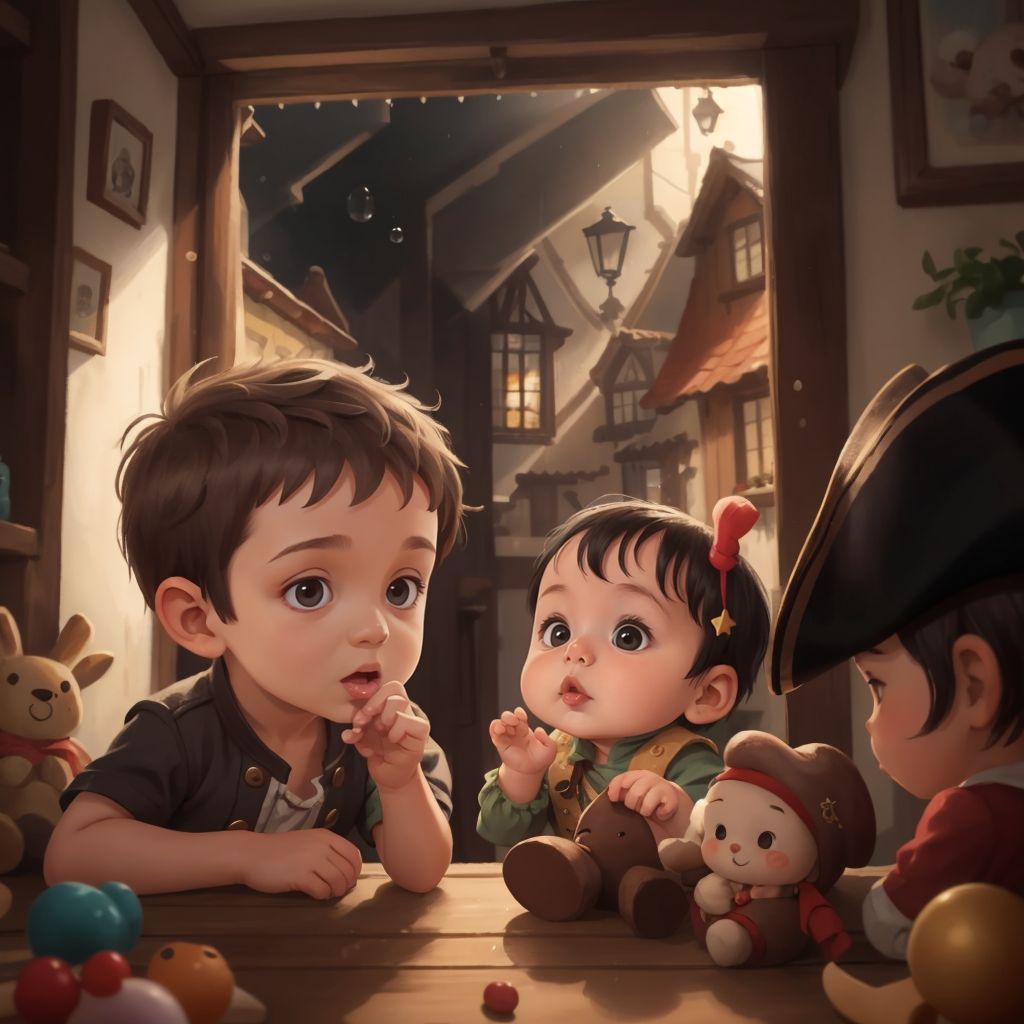
Create a book for kids with title Vlad and Carina, those are my kids and I want to create a book for them. Vlad is ( and Carina is 1 year, please write a nice educative book
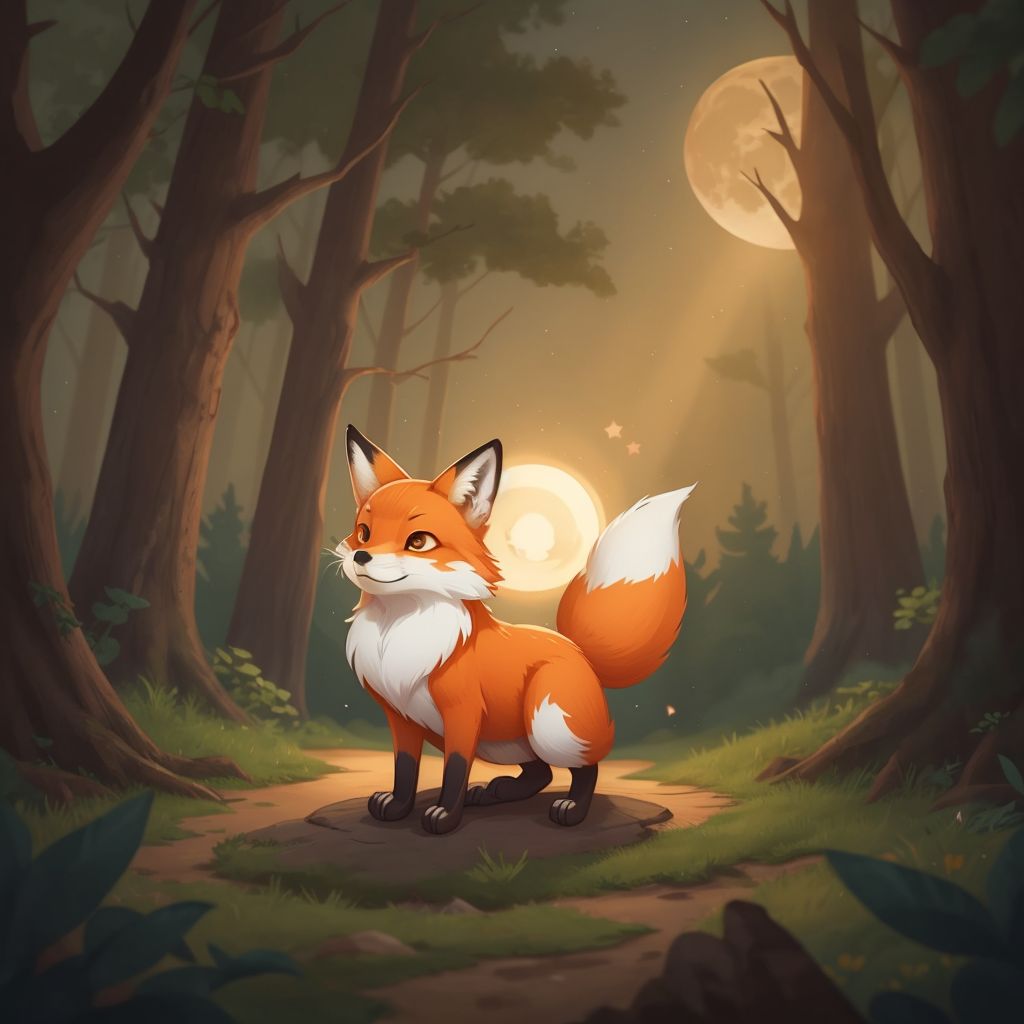
Flicker had bright, twinkling eyes and a fluffy, red tail. Flicker the Fox on a magical moonlit adventure through the forest! In this charming tale for children aged 3 to 5, Flicker's curiosity leads him to discover sparkling pebbles, glowing flowers, and even a golden acorn. Along the way, he learns valuable lessons about the wonders of the night and the joy of exploration. With enchanting illustrations and a heartwarming message, "Flicker the Fox's Moonlit Adventure" is a bedtime story that will inspire young readers to embrace the magic of curiosity and discovery.
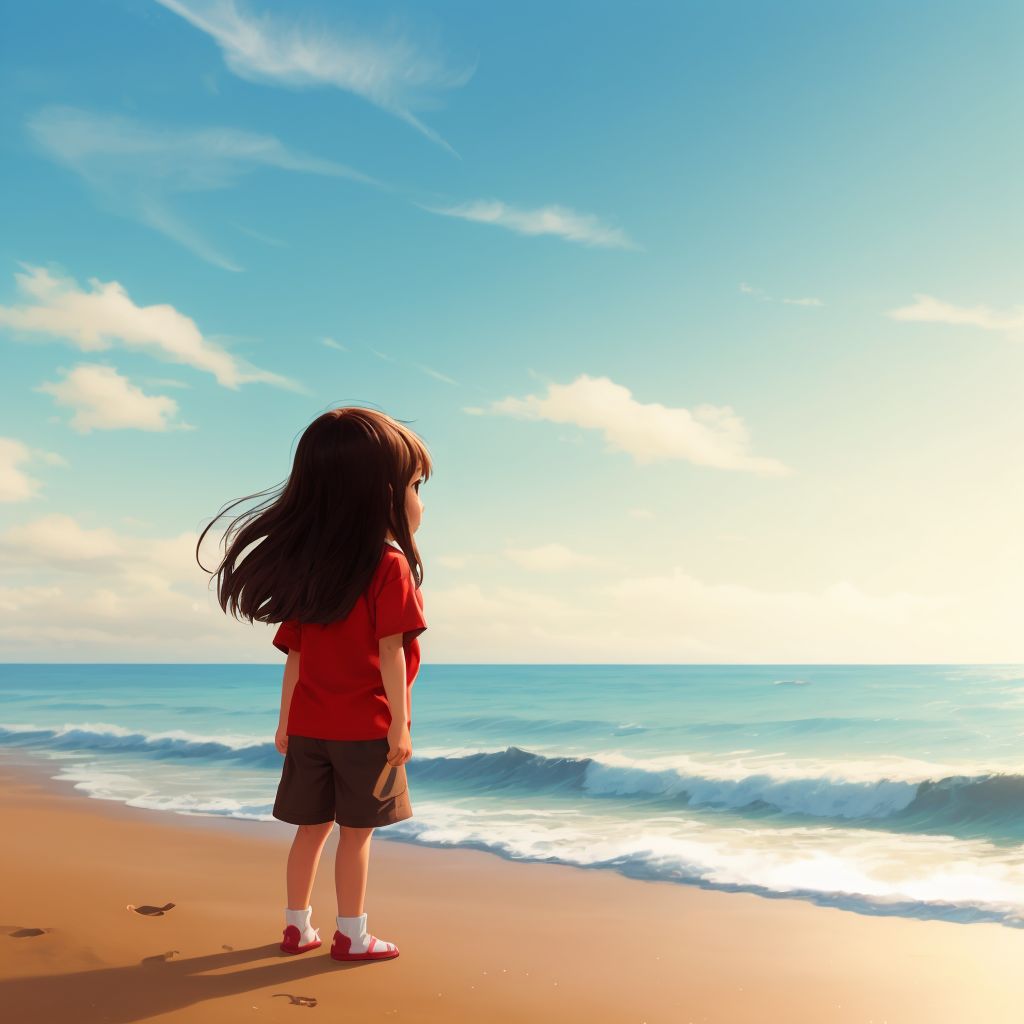
a young girl, who is afraid of going to the waters, visits her grandparents who live by the beach where she meets a mermaid princess who teaches her how to swim and they explore the sea
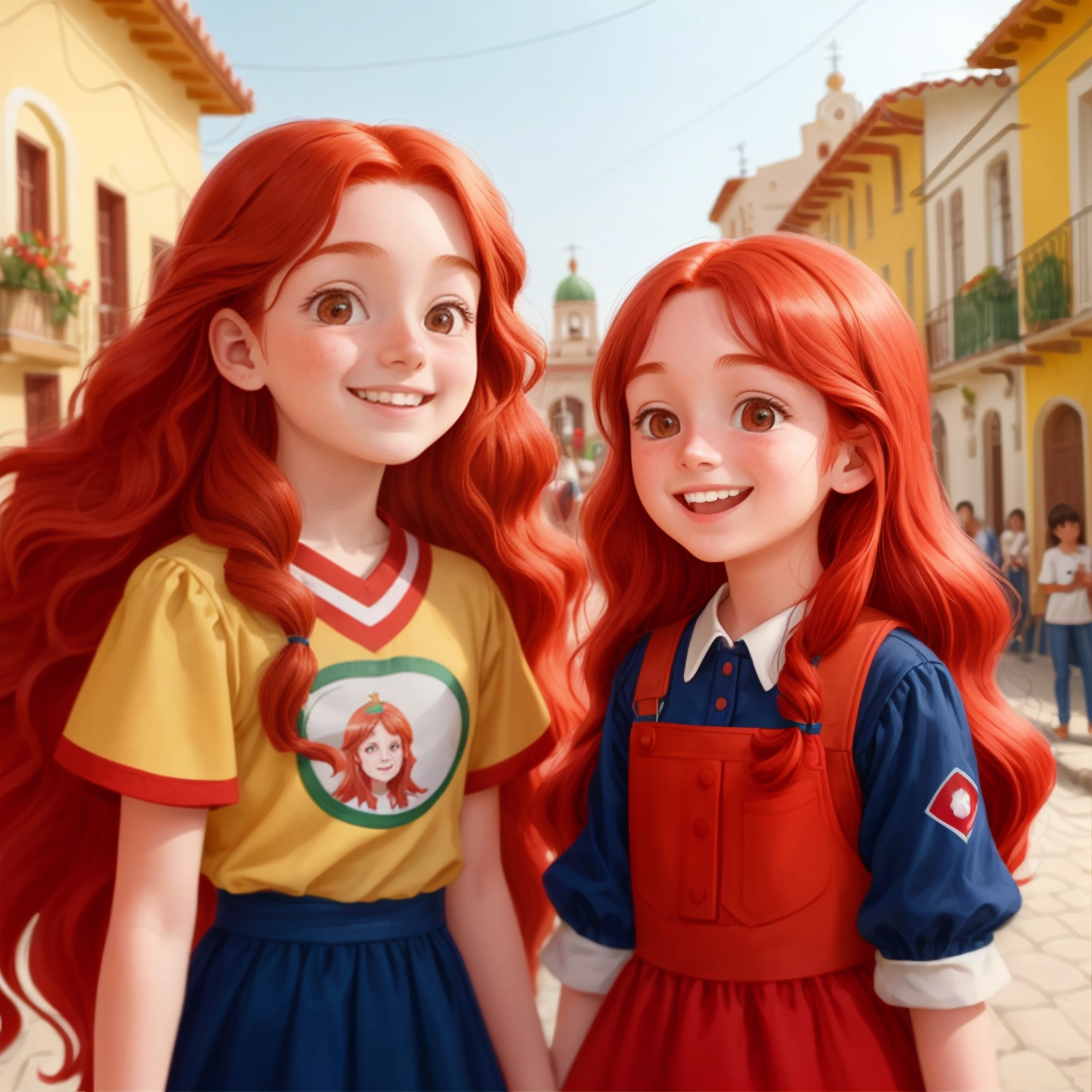
1.Pedro is in love with two ginger Twins Angie an extroverted and joyful girl and the other being Sophia an Introverted and timid girl. Ped is in love with them both but dosent know what to do. 2.Ped professes his love to both Angie and Sophia.They are shocked by the revelation and ask them for space to think about it. Pedro is heartbroken by it. 3.The Twins Angie and Sophia Profess their love back to Pedro.They Become a happy family they live happy ever after in Mexico together as a married throuple.

Mikoto was an orphan who grew up with his foster parents, Sashimoto and Kenimura. Early in the morning, he used to help his parents with the household chores. He used to fetch water from a nearby deep well to water their vegetables in the backyard. His parents owned a bakery where Shokupan was their best seller. After school, he helped in the bakery until he became a famous baker in town. Sashimoto and Kenimura were very proud of Mikoto. They believed that Mikoto was their lucky charm to progress in their business. In return, they gave him all the luxuries in life – a mansion, car, and even expensive jewelry pieces. After ten months, Mikoto seldom went to the bakery because he became addicted to gaming and liquor. He even sold his car.
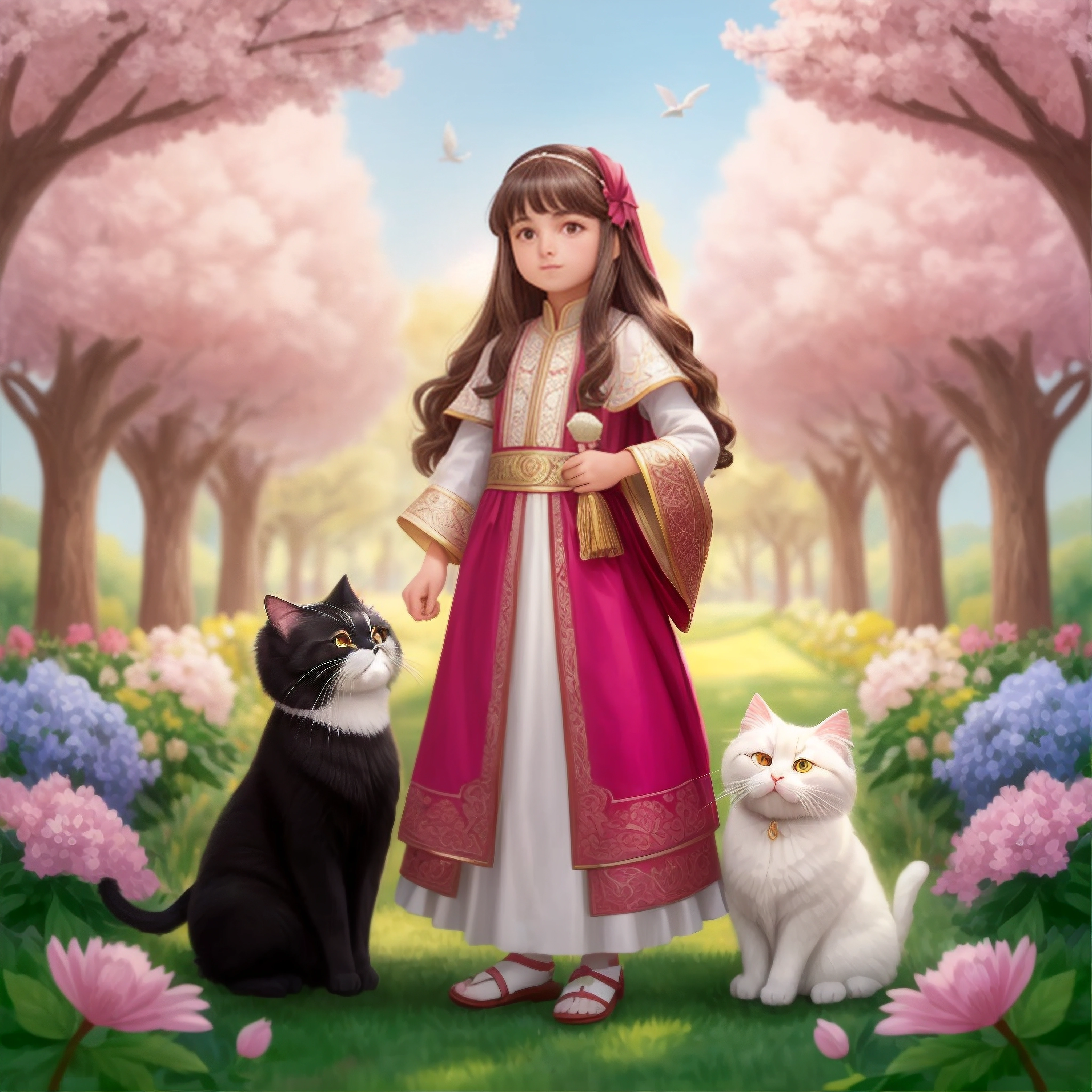
"Meyve Bahçesindeki Büyülü Yolculuk" kitabında, genç okurlar, Lila ve Leo adındaki iki kardeşin, renkli ve canlı bir meyve bahçesindeki harika maceralarına katılıyor. Bu hikaye, meyvelerin büyüleyici dünyasını keşfederken, dostluk, paylaşım ve doğanın güzelliklerine saygı gibi önemli değerleri öğretiyor. Kardeşlerin her adımda karşılaştıkları eğlenceli meyve karakterleri ve gizemli bulmacalar, çocukların hayal güçlerini canlandırıyor ve sağlıklı beslenmenin önemini vurguluyor. Her sayfada, çocukların dikkatini çekecek renkli çizimler ve etkileşimli oyunlar bulunuyor, böylece okuma deneyimi hem eğitici hem de eğlenceli hale geliyor.
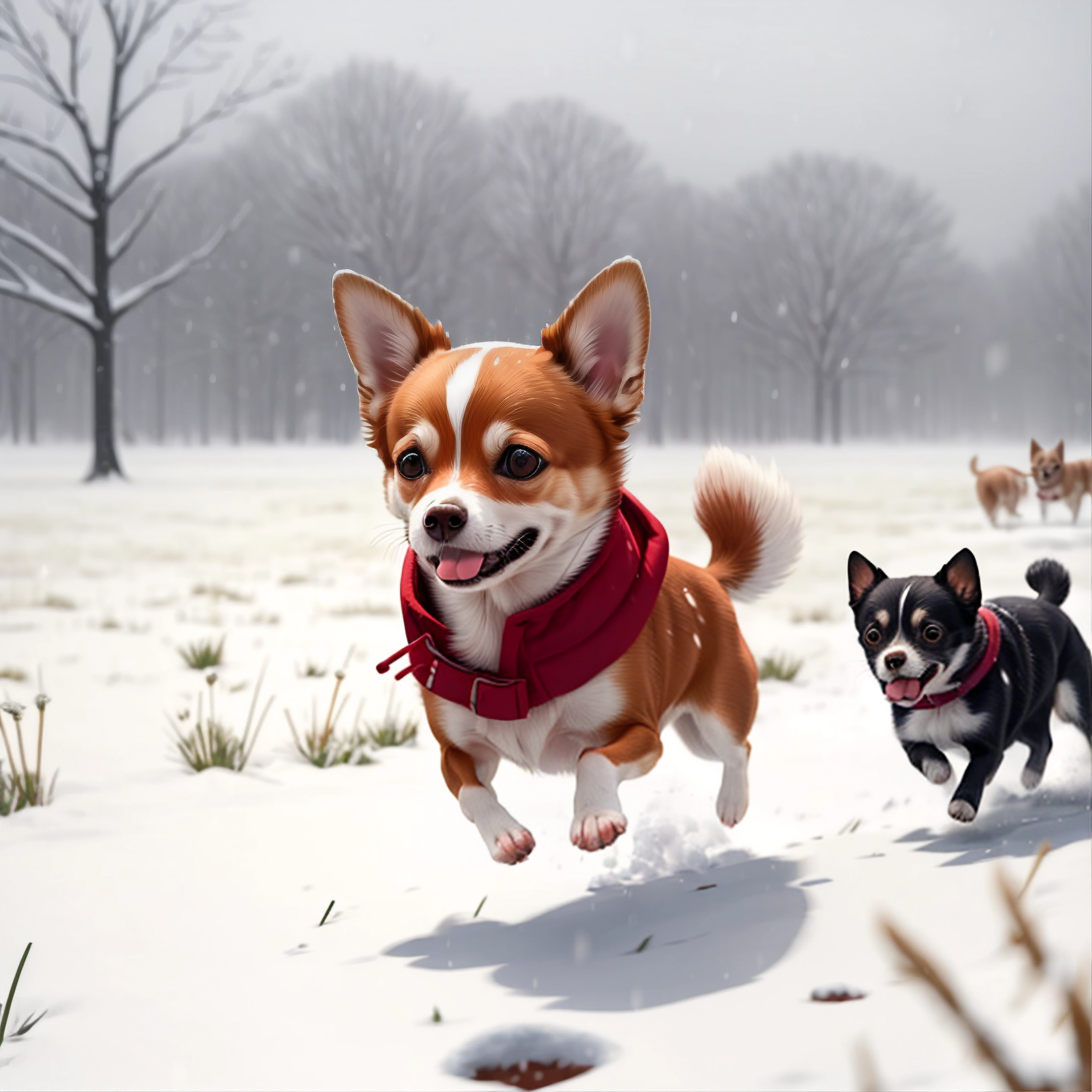
Ella ran towards the snow-filled meadow with Riley hot on her trail. All of a sudden, Ella stopped abruptly, and Riley Flew past her straight into a clearing of flowers that looked to have sugar on all of them, Riley and Ella approached a very purple flower, where they were transported to the land of the sugar plum fairy. There they danced and twirled until they were sent home as they weren't faireis
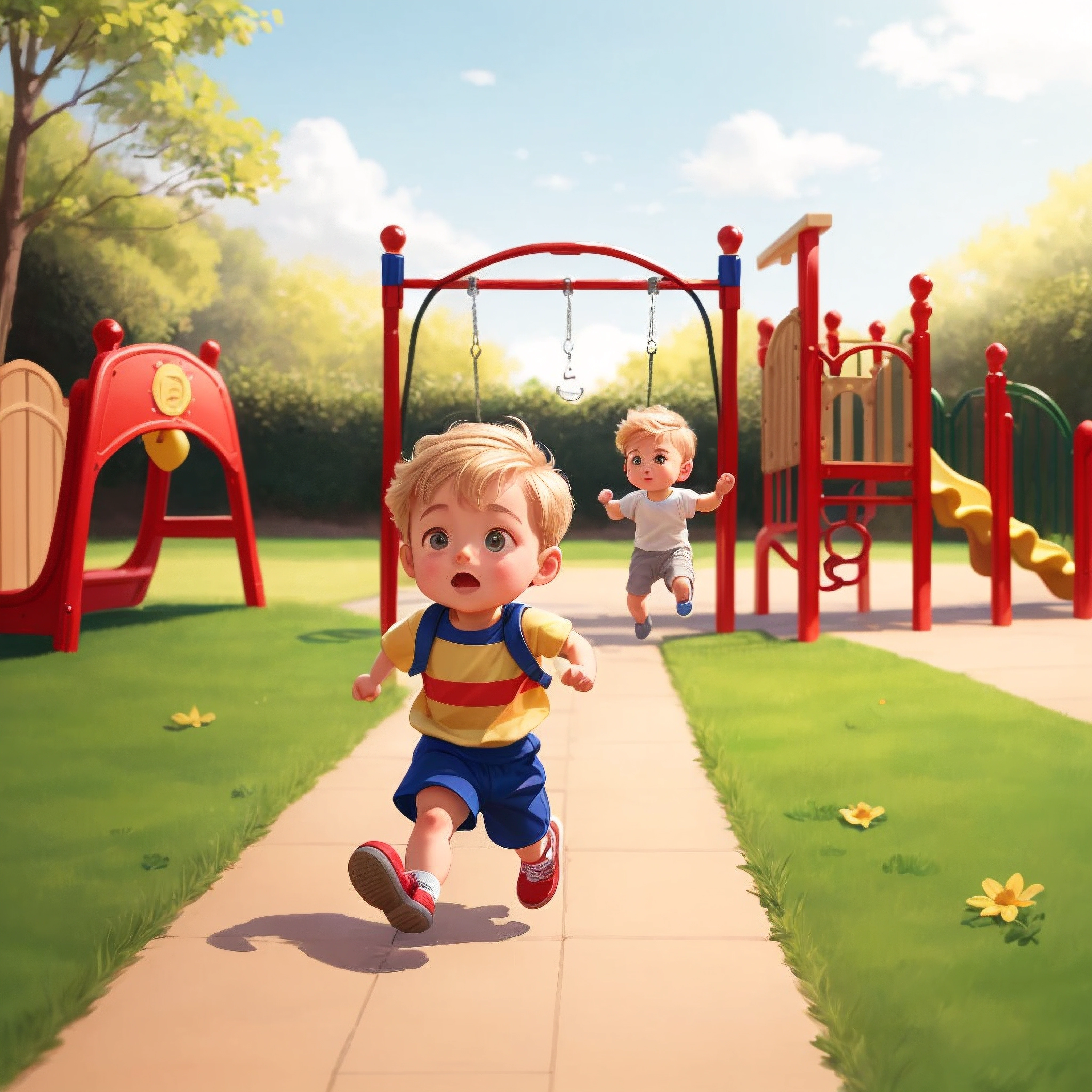
1. Gabryś is a little boy who gets to know the world. 2.Gabryś loves his aunt Julka, who shows him the secrets of life, how to have fun, how to watch birds, how to inflate balloons. 3. Every year before Christmas, they make gingerbread cookies in the shape of a car, stars, a cat, a dog. They really like to do it. It's a memory that will last a lifetime. 4. Little Gabriel likes Kitty the cat.
